-
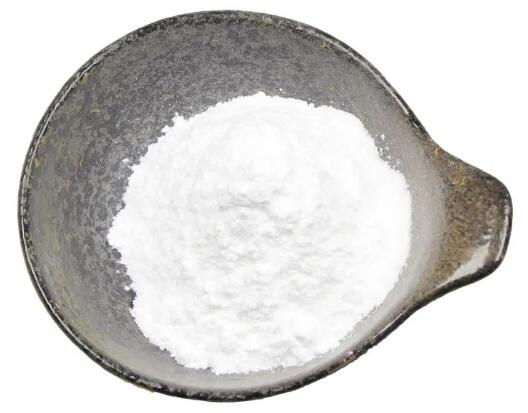
Pepstatin CAS:26305-03-3 Manufacturer Price
Pepstatin is a potent and selective inhibitor of aspartic proteases. It specifically targets enzymes called pepsins, which play a key role in the digestion of proteins in the stomach. By inhibiting pepsins, pepstatin can reduce the breakdown of proteins, leading to a decrease in the production of gastric acid. This makes pepstatin a useful tool in both research applications and potentially in the treatment of certain gastric disorders.
-

Proteinase K for tritirachium album CAS:39450-01-6
Proteinase K is an enzyme that is derived from the fungus Tritirachium album. It belongs to the class of serine proteases and is known for its ability to efficiently degrade proteins. Proteinase K is widely used in molecular biology and biochemistry research due to its robust activity and broad substrate specificity. It is able to cleave peptide bonds at the carboxyl side of aromatic, hydrophobic, and some small neutral amino acids, making it suitable for protein digestion in a variety of applications. Proteinase K is commonly used for DNA and RNA extraction protocols to remove proteins that may interfere with downstream analysis. It is also utilized in protein characterization studies, protein sequencing, and protein structural studies.
-
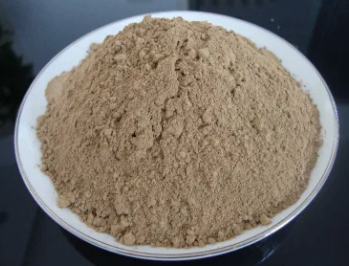
Proteinase,Streptomyces griseus CAS:9036-06-0
Proteinase produced by Streptomyces griseus is an enzyme that belongs to the class of proteases, also known as proteinases or peptidases. Proteases are enzymes that catalyze the hydrolysis of peptide bonds in proteins, leading to their breakdown into smaller peptides or amino acids.
The proteinase produced by Streptomyces griseus is specifically derived from this bacterium. Streptomyces griseus is a Gram-positive, filamentous bacterium that is known to produce various enzymes and antibiotics. The proteinase produced by this bacterium is characterized by its ability to cleave peptide bonds in proteins, resulting in their degradation.
Proteinases from Streptomyces griseus have been widely studied for their industrial applications, such as in the food industry for meat tenderization and cheese production. They are also used in various biotechnological processes, including protein engineering, protein digestion for analysis, and in the production of bioactive peptides.
-
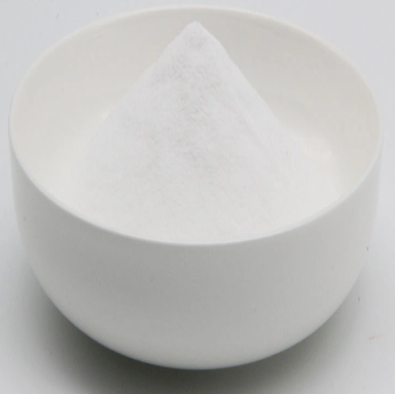
RNase A from bovine pancreas CAS:9001-99-4
RNase A, also known as ribonuclease A, is an enzyme derived from the pancreas of bovine (cow) animals. It is a small protein that specifically targets and degrades the RNA molecules present in cells. RNase A is commonly used in molecular biology research to remove or degrade RNA from DNA samples in order to study and manipulate DNA without interference from RNA. It is also used in RNA purification processes, such as RNA extraction and RNA sequencing, to eliminate RNA contaminants and obtain pure RNA samples. RNase A has high specificity for single-stranded RNA and functions optimally under mild acidic conditions. It is widely used in various laboratory techniques and applications involving nucleic acids.
-

BC Grade CAS:9001-37-0 Manufacturer Price
Glucose oxidase is an enzyme that catalyzes the oxidation of glucose to gluconolactone, producing hydrogen peroxide as a byproduct. It is commonly found in certain fungi and bacteria. Glucose oxidase has various applications, including its use in the food industry as a biosensor to measure glucose levels in food products. It is also used in clinical diagnostics to determine glucose concentrations in blood and other physiological fluids. Additionally, glucose oxidase is utilized in the production of gluconic acid, which has applications in pharmaceuticals, food additives, and other industrial processes.
-

Lysozyme CAS:12650-88-3 Manufacturer Price
Lysozyme is an enzyme that is naturally produced in various organisms, including humans. It plays a crucial role in the immune system as it helps to protect the body against bacterial infections. Lysozyme functions by breaking down the peptidoglycan layer, a major component of bacterial cell walls, causing the bacteria to rupture and eventually die. This enzyme is found in various bodily fluids such as tears, saliva, and mucus, where it acts as a first line of defense against bacterial pathogens. In addition to its antimicrobial properties, lysozyme is also used in various industries, including food preservation, as a natural preservative due to its ability to inhibit the growth of certain bacteria.
-
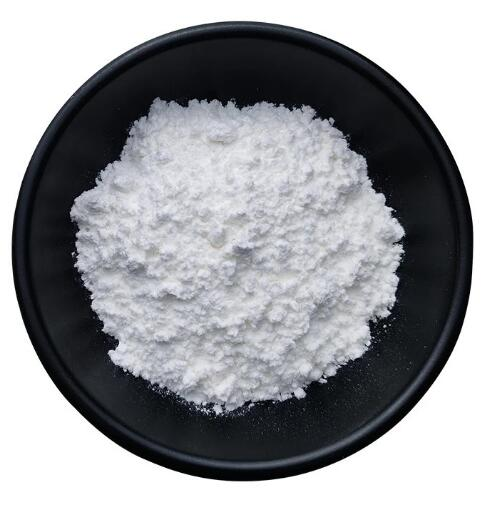
BETA-NADPH TETRA(CYCLOHEXYLAMMONIUM) SALT CAS:100929-71-3
β-NADPH tetra(cyclohexylammonium) salt is a chemical compound that is derived from β-Nicotinamide adenine dinucleotide phosphate (NADPH). It is commonly used in biochemical and molecular biology research as a cofactor and reducing agent in enzymatic reactions. The tetra(cyclohexylammonium) salt form provides stability and solubility in aqueous solutions, making it suitable for various applications. It plays a crucial role in cellular metabolism, acting as a key electron donor in multiple redox reactions involved in anabolic processes, antioxidant defense, and detoxification.
-
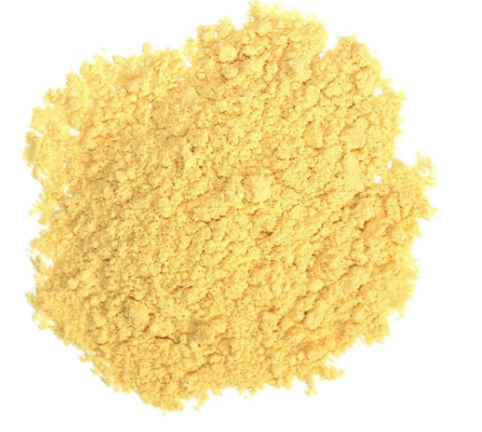
NADH disodium salt, trihydrate, reduced CAS:606-68-8
NADH, disodium salt is the disodium salt form of Nicotinamide Adenine Dinucleotide (NADH). NADH is a coenzyme found in all living cells and plays a crucial role in cellular metabolism. It is involved in redox reactions, acting as a co-substrate for a wide range of enzymes, particularly those involved in energy production.
NADH, disodium salt is commonly used in research and applications related to enzymology, cellular respiration, and the study of metabolic pathways. It can be utilized as a cofactor in enzymatic reactions, facilitating the transfer of electrons and the conversion of substrates. NADH, disodium salt is also used in various biochemical assays to measure enzyme activity, as it can be easily detected spectrophotometrically.
-
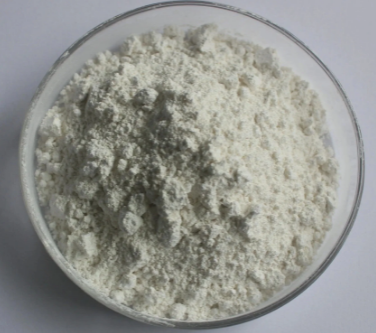
beta-nicotinamide adenine dinucleotide phosphoric acid CAS:53-59-8
Beta-nicotinamide adenine dinucleotide phosphoric acid (β-NADP) is a coenzyme involved in various metabolic reactions in living cells. It plays a crucial role in energy production, biosynthesis of macromolecules, antioxidant defense, and detoxification processes. β-NADP acts as an electron carrier, participating in redox reactions and transferring electrons from one molecule to another. It is an essential component of many enzymatic reactions involved in cellular metabolism and is widely used in research to study metabolic pathways and cellular processes.
-

Pancreatin-5.0 (5XUSP) from hog pancreas CAS:8049-47-6
Pancreatin-5.0 (5X USP) is an enzyme mixture derived from the pancreas of hogs. It contains a blend of digestive enzymes, including proteases, amylases, and lipases, which aid in the breakdown of proteins, carbohydrates, and fats in the digestive system.
Pancreatin-5.0 is commonly used as a digestive aid and is available in supplement form. It can be beneficial for individuals with pancreatic insufficiency or those who have difficulty digesting certain foods. The enzymes in Pancreatin-5.0 help to supplement the body’s natural digestive process and assist in the absorption of nutrients.
-
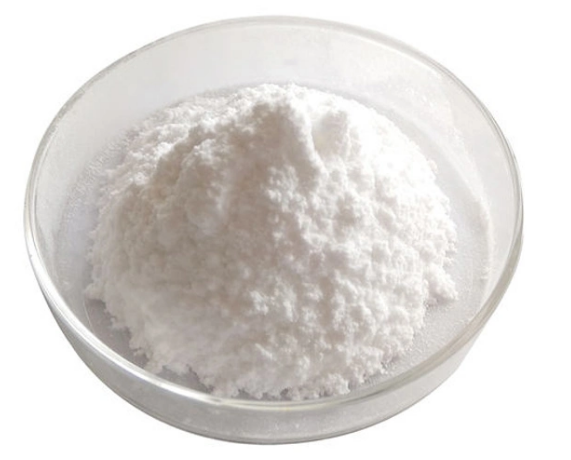
beta-Nicotinamide adenine dinucleotide trihydrate CAS:53-84-9
Beta-Nicotinamide adenine dinucleotide trihydrate, also known as β-NAD+, is a coenzyme found in all living cells. It plays a crucial role in cellular metabolism by transferring electrons during redox reactions. β-NAD+ is involved in energy production, acting as a coenzyme in several key metabolic processes, including glycolysis, the TCA cycle, and oxidative phosphorylation. It is also involved in DNA repair processes and functions as a signaling molecule in various cellular pathways. β-NAD+ is essential for maintaining overall cellular health and functioning.
-

Cellulase CAS:9012-54-8 Manufacturer Price
Cellulase is an enzyme that is responsible for breaking down cellulose, a complex carbohydrate found in plant cell walls. It helps to convert cellulose into simpler sugars, allowing organisms to efficiently use this energy source. Cellulase is widely used in various industries, including biofuel production, textile manufacturing, and food processing.

